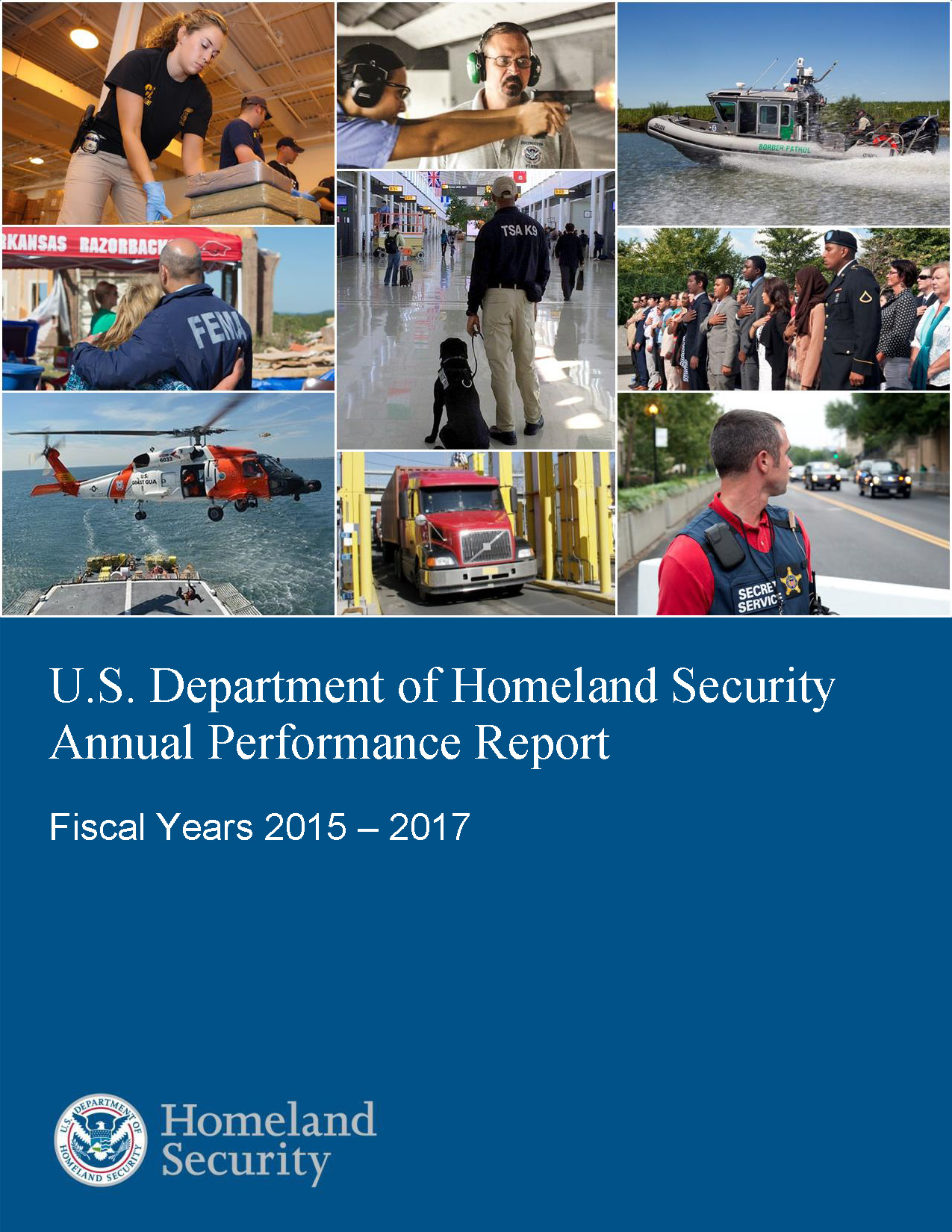- Home
- Agencies
- Department of Agriculture
- Department of Housing and Urban Development
- General Services Administration
- Department of Commerce
- Department of the Interior
- National Aeronautics and Space Administration
- Department of Defense
- Department of Justice
- National Science Foundation
- Department of Education
- Department of Labor
- Office of Personnel Management
- Department of Energy
- Department of State
- Small Business Administration
- Environmental Protection Agency
- Department of Transportation
- Social Security Administration
- Department of Health and Human Services
- Department of the Treasury
- U.S. Agency for International Development
- Department of Homeland Security
- Department of Veterans Affairs
- Goals
- Initiatives
- Programs
Primary tabs
Key to Changes
This text is Revised text
This word has been added to the text
This text is Last Published text
This word has been removed from the text
Modifed styling with no visual changes
Strategic Objective
Goal 3.1: Strengthen and Effectively Administer the Immigration System
Strategic Objective
Overview
At the center of any good immigration system must be a structure able to rapidly respond to regulatory changes and the flow of demand around the world while at the same time safeguarding security. We are constantly seeking ways to better administer benefits and use technology to make information more accessible and secure.
We will pursue the following strategies to strengthen and effectively administer the immigration system:
- Promote lawful immigration by uniting families, providing refuge, fostering economic opportunity, and promoting citizenship. We will also work to better assist high-skilled immigrants, streamline the processing of immigrant visas to encourage businesses to grow in the United States, and develop innovative programs to enable immigrants to reach their potential in the United States.
- Effectively administer the immigration services system by: 1) providing effective customer-oriented immigration benefit and information services at home and abroad; 2) making all information needed to make immigration decisions available to appropriate agencies electronically and in real-time, including active individual case files and biometric information; and 3) ensuring that only eligible applicants receive immigration benefits through expanded use of biometrics, a strengthening of screening processes, improvements to fraud detection, increases in legal staffing to ensure due process, and enhancements of interagency information sharing.
- Promote the integration of lawful immigrants in American society by enhancing educational resources and promoting opportunities to increase understanding of U.S. civic principles and the rights, responsibilities, and importance of citizenship, and supporting comprehen-sive immigration reform that provides an earned pathway to citizenship.
Read Less...
Progress Update
The Department of Homeland Security (DHS) has determined that performance toward this goal is making satisfactory progress.
Introduction
DHS continually seeks better ways to provide accurate and useful immigration information to our customers, more effectively grant immigration and citizenship benefits, and promote an awareness and understanding of citizenship. Since any good immigration system must be able to rapidly respond to changes in demand, DHS is leveraging technology to better administer benefits and make information more accessible and secure.
Major Achievements
DHS processed over 6.7 million benefit requests, including applications for naturalization, lawful permanent residence, change of status, refugee and asylum protection, and initiatives such as deferred action for childhood arrivals through USCIS. USCIS maintained an average cycle time of 4.1 months for adjudicating all form types, narrowly missing the target of less than 4 months. USCIS also conducted 66,870 refugee interviews and admitted 69,987 refugees, which is 99.9 percent of the presidential cap and the closest the refugee program has come to reaching the cap in over 30 years. In addition, USCIS also made the correct decision in 99 percent of all approved naturalization and permanent residence applications. Furthermore, USCIS achieved an overall National Customer Service Center satisfaction rating of 86 percent. To promote lawful immigration, USCIS hosted 3,145 public engagements, reaching over 124,000 individuals. Finally, the Office of the Citizenship and Immigration Services Ombudsman took action to resolve 89 percent of case-related inquiries regarding the delivery of citizenship and immigration services within 90 days of receipt, exceeding the target of 85 percent. All statistics are as of September 30, 2014.
Major Challenges & Opportunities for Improvement
Achieving target processing times for certain form types remains a challenge primarily due to increased application receipt volumes. DHS will continue to address workload challenges by redirecting incoming cases to optimize capacity, shifting immigration services officers’ adjudication priorities so that more time is allocated to the application types with the largest volume of pending cases, and encouraging the use of overtime.









